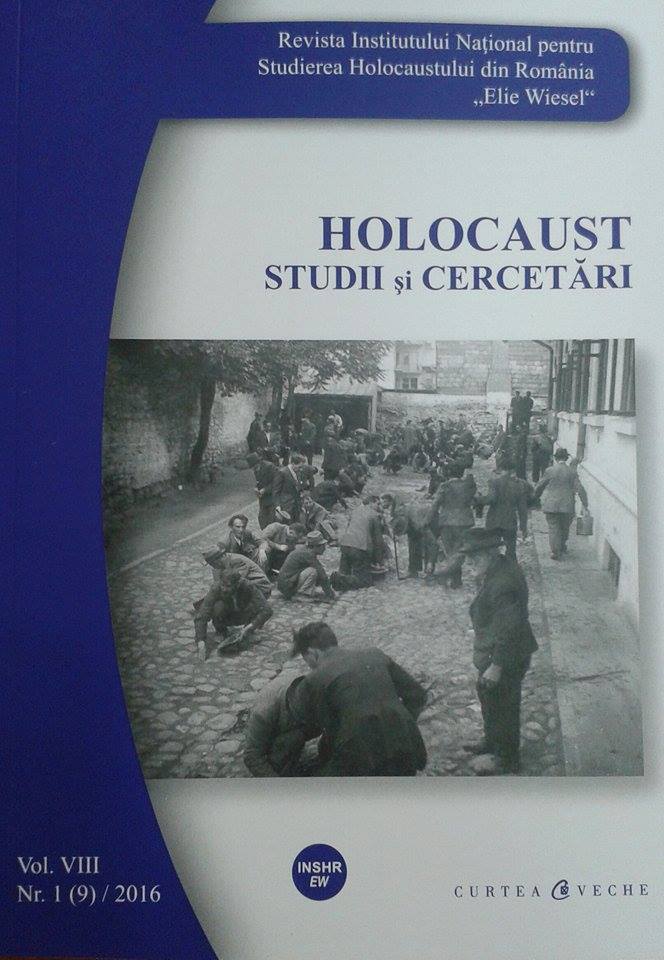Mechanisms of Anti-Semitism in 20th-Century Bukovina
Mechanisms of Anti-Semitism in 20th-Century Bukovina
Case Study: Sociologist Traian Brăileanu (1882-1947)
Author(s): Anca FilipoviciSubject(s): History, History of the Holocaust
Published by: Institutul National pentru Studierea Holocaustului din Romania ELIE WIESEL
Keywords: Anti-Semitism;the Legionary Movement;Bukovina;nationalism;ethnic minorities
Summary/Abstract: Romanian anti-Semitism in the 20th century can be explained not only by the clash between the real and the imaginary Jew, but also by a proper contextualization of facts. In individual cases, such as that of Sociologist Traian Brăileanu, my interpretation of his biography and of the socio-political context of the time enabled me to sketch some founding mechanisms of Anti-Semitism. Thus, by studying his biographical path, his sociological work and other publications of Brăileanu, my intention is to show certain mechanisms of his anti-Jewish ideology. Brăileanu built his discourse upon cultural and economic considerations that described the Jew as Otherness, as someone who would never integrate within Romanian society. He also supported the perception of Jews as the embodiment of Bolshevik danger. Furthermore, his views were determined by specific features of nationalism in a multi-ethnic province: Bukovina.
Journal: Holocaust. Studii şi cercetări
- Issue Year: VIII/2016
- Issue No: 09
- Page Range: 119-141
- Page Count: 23
- Language: English
- Content File-PDF

